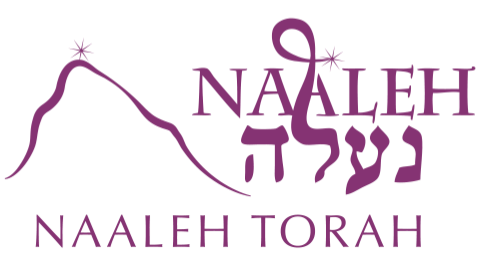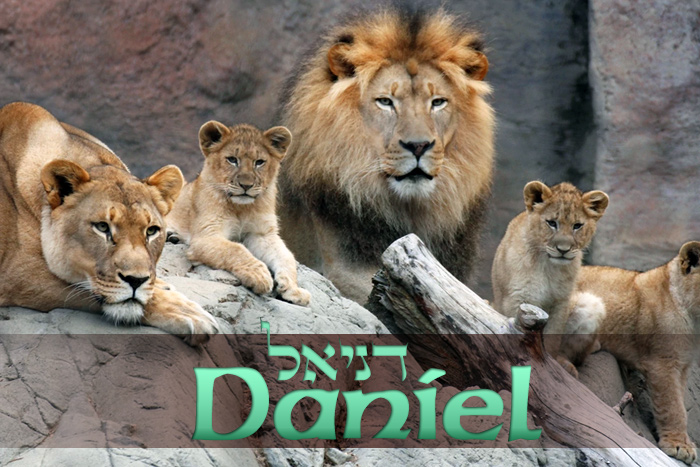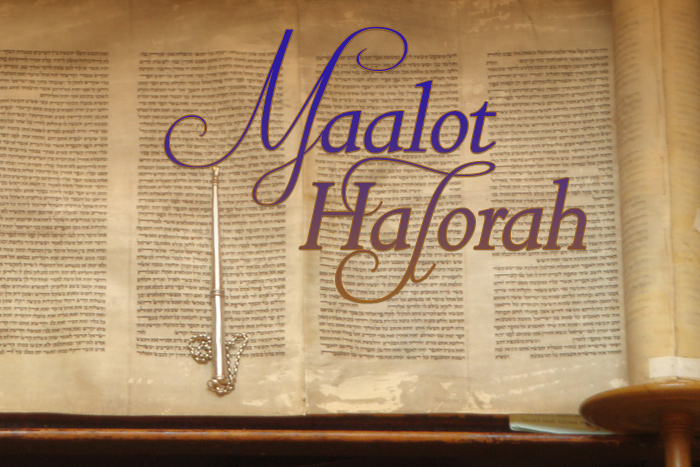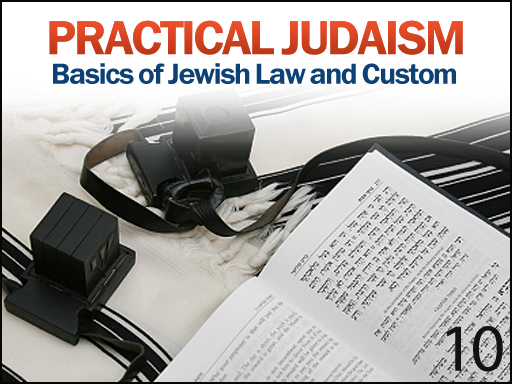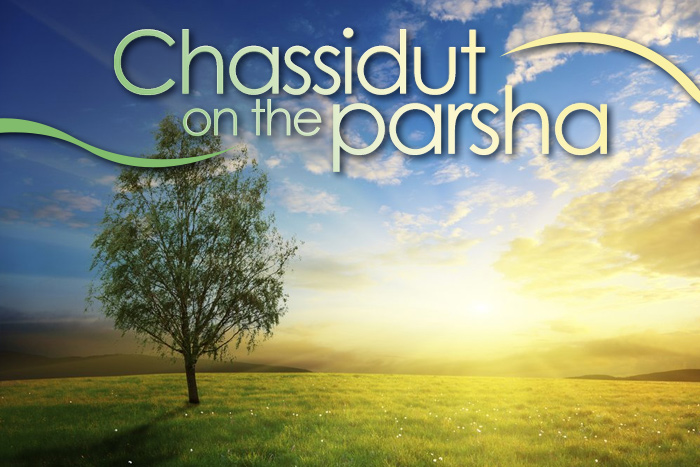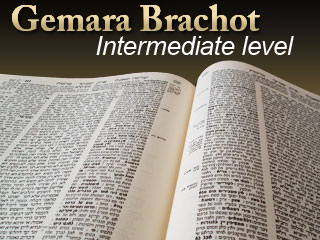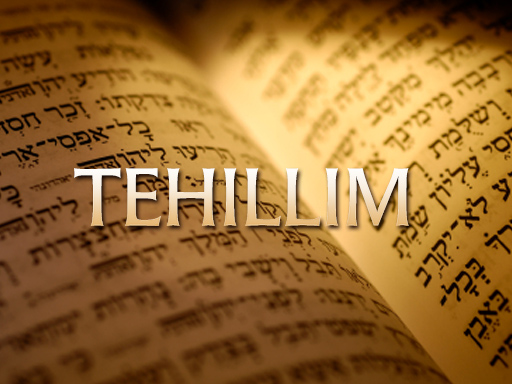Loving Your Fellow Jew
Posted onIn this Torah shiur (class) on Sefer Chofetz Chaim, Rabbi Beinish Ginsburg begins a discussion of the positive mitzvot that are related to Shmirat Halashon (guarding one’s speech). The class discusses speaking lashon hara as a violation of the mitzva of V’ahavta L’rei’acha Kamocha, loving your fellow Jew. It also mentions that judging others favorably helps one to avoid speaking and believing lashon hara.
